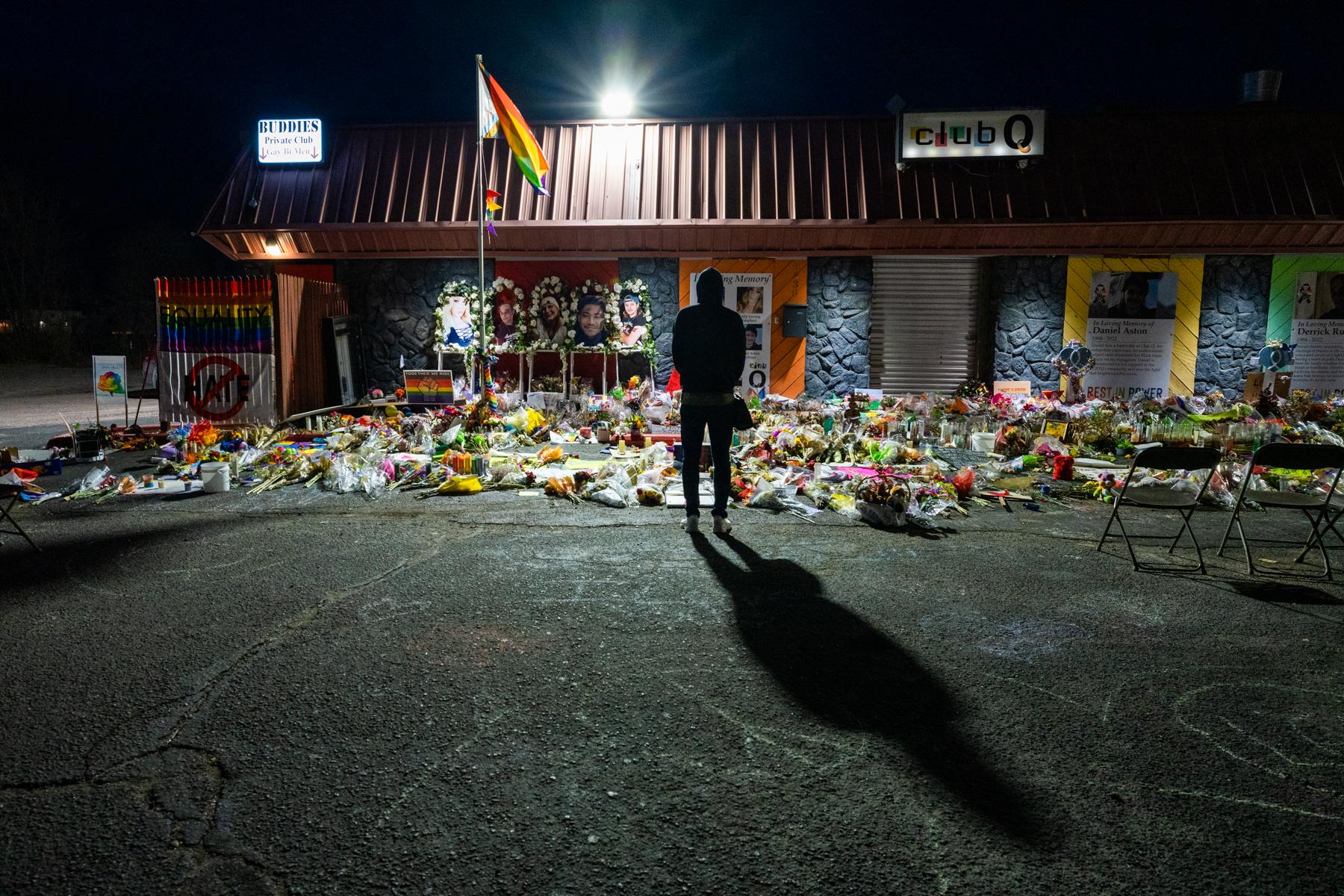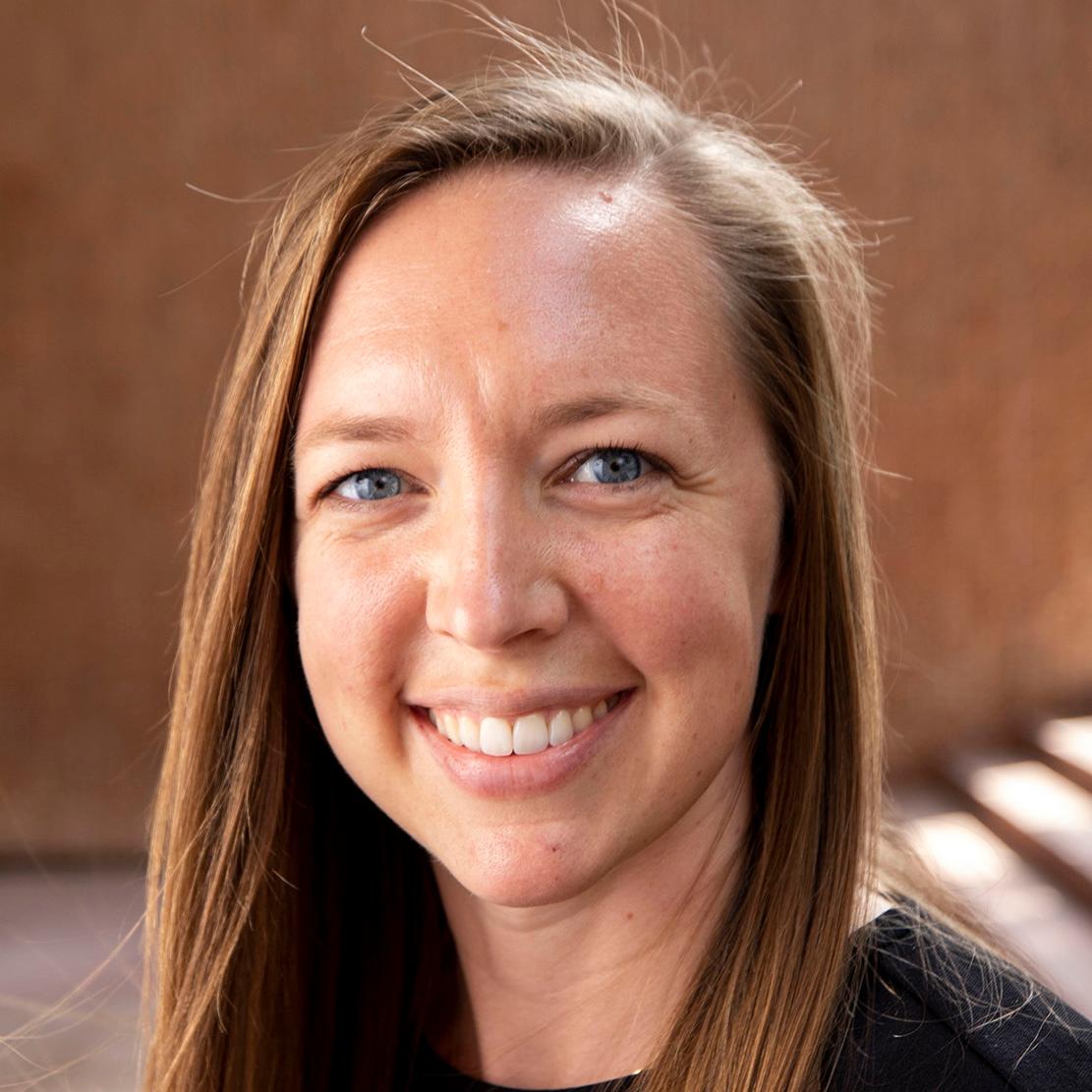
The Club Q attack in Colorado Springs was the 13th mass shooting in the state this year and pushed the state past its record for the most people injured in mass gun violence in a single year, according to a group that started tracking mass shootings nationwide in 2014.
That group, the Gun Violence Archive, defines "mass shootings" as any single event involving four or more people who are injured or killed in gunfire, excluding the shooter.
Most of those shootings in Colorado this year generated little attention. Full details of each have not yet been released, but they occurred in Denver, Colorado Springs and Aurora. At least three started as conflicts at house parties. One was a drive-by shooting and one started as a domestic violence incident. Suspects in at least two of the shootings are teenagers.
The Club Q shooting killed five and another 17 were injured by gunfire, bringing the total number of injuries and deaths from mass shootings in Colorado to 80 this year. The previous record was 74.
Mass shootings are just one piece of a growing problem that state legislators and Colorado voters have been trying to combat since gunmen killed 13 at Columbine High School in 1999. In 2000, the state instituted background checks at gun shows, followed by a 15-round limit on ammunition magazines and a universal background check requirement in 2013. Colorado’s extreme risk protection order went into effect in 2020, and in 2021, the state legislature passed mandatory reporting for lost or stolen firearms and a bill requiring safe firearm storage.
Still, the rate of gun deaths in Colorado has steadily increased since 2008, according to data from the Colorado Department of Public Health and Environment. Active shooter incidents, which the FBI defines as a shooter killing or attempting to kill people in a populated area, have also increased in frequency since 2000.
State Rep. Tom Sullivan, who ran for office after his son Alex was murdered in the Aurora theater shooting in 2012, said mass shootings receive outsized media attention.
“The only thing that you see on TV and in the newspaper is about a mass shooting with an assault weapon,” said Sullivan, an Arapahoe County Democrat who has sponsored much of Colorado’s recent firearm legislation and was recently elected to the state Senate. “A normal American who's busy with life and they see that kinda stuff, they think all the gun violence is mass shootings, assault weapons. There's nothing further from the truth.”
Mass shootings are high-profile events and politically divisive: nationwide, legislators are more likely to introduce firearm legislation following shootings. Yet mass shootings accounted for fewer than half of one percent of firearm deaths this year in Colorado.
“We need to be looking at what's happening every single day in urban communities and across the country, in terms of suicide, if we really wanna look at where the bulk of gun deaths are,” said Emmy Betz, a professor and deputy director of the Injury and Violence Prevention Center at the University of Colorado Anschutz Medical Campus.
Suicides account for nearly 70 percent of the state’s gun deaths and homicides are responsible for another 26 percent. Colorado’s statewide firearm homicide rate is below the national average, but Black and Hispanic communities are disproportionately impacted by gun-related homicides, which are more likely to occur in cities. Black Coloradans are nine times more likely to be killed in a firearm homicide than white Coloradans, and Hispanic Coloradans are more than three times more likely to be killed, according to CDPHE data.
Colorado’s high number of suicides has driven the state’s total rate of gun deaths 13 percent above the national average.
Rural areas “have less of some of the crime and other predisposing factors to, say, gang violence,” Betz said, “but they might have less access to mental health resources.” White, non-Hispanic Coloradans are more likely to commit suicide with a gun than any other racial or ethnic group in the state.
The steady increase in gun violence, even in the face of legislative efforts to restrict gun availability, would seem to call into question the ability of lawmakers to institute changes that make a difference. But Kelly Drane, research director for the Giffords Law Center to Prevent Gun Violence, said Colorado’s policies went into effect during a nationwide increase in gun violence.
“We don't know the degree to which those laws sort of tempered that increase,” Drane said. “And we don't know what the impact of those laws would be had there not been this pandemic and a historic increase in gun violence.”
A growing body of scientific literature shows that gun violence is directly related to the number of guns that people own.
A groundbreaking study in 1993 published in The New England Journal of Medicine showed that having a gun in a home nearly triples the risk that someone will be murdered there. A 2017 study of California residents published in the Annals of Internal Medicine found that living in a home with a gun doubled a person’s likelihood of being killed in a firearm-related homicide. People living with gun owners were seven times more likely to be killed by a spouse or partner than people living in homes without guns.
“We know that firearms make a risky situation more deadly,” Betz said. “So whether that's a suicide attempt, a disagreement between two people, or an attempt at hurting multiple people, the presence of a highly lethal weapon means, probably, more people will die.”
Firearms ownership in the U.S. is protected by the Second Amendment to the U.S. Constitution and multiple court decisions. David Kopel, research director for the Independence Institute and an adjunct professor of law at the University of Denver, said he’s spent his career working to reduce gun deaths, but that requiring waiting periods or license applications to purchase a firearm violates constitutionally protected rights and is a misguided approach.
Kopel said that permit-to-purchase programs and waiting periods for buying guns “leave people defenseless.”
“Saying we're going to throw up all this bureaucracy at people, to try to discourage them from owning arms, is an expressly anti-constitutional purpose,” Kopel said. Rather than adding restrictions on gun access, “what you need to do is take the very small number of people who are high rate, repeat violent offenders off the streets and incarcerate them and hopefully rehabilitate them.”
Kopel said that the state’s high firearm suicide rate is part of a statewide increase in total suicide. Expanding access to mental health care and in-patient treatment, rather than taking away guns, would help reduce suicides overall. The Independence Institute receives funding from the National Rifle Association Foundation.
But research from Harvard University suggests that keeping guns away from at-risk individuals is crucial. Nine out of 10 people who attempt suicide and survive do not attempt suicide again, so reducing access to highly deadly weapons could save lives.
State-level policies can help reduce gun violence rates. A 2018 study of large, urban counties — the places where firearm homicides are most likely to occur — showed that programs requiring prospective buyers to apply for a permit for a gun purchase could reduce gun violence by 11 percent. Those programs require law enforcement agencies to conduct more rigorous background checks than a universal background check, which is Colorado’s current requirement.
That same 2018 study showed that right-to-carry laws were associated with a seven percent increase in firearm homicides and stand-your-ground laws led to an eight percent increase. Colorado passed a stand-your-ground law in 1985, known as the “Make My Day” law.
Colorado representatives are also considering a waiting period for buying a gun and a ban on so-called assault weapons. Waiting periods can reduce gun violence by creating a cooling-off period for people who intend to harm themselves or others, according to research.
Even if Colorado adopts every law shown to reduce gun violence, policies will have little impact without enforcement. Some of the state’s counties have declared themselves “second amendment sanctuaries” where sheriffs pledged to ignore extreme risk protection orders.
“That's a real concern because there are a number of studies that suggest that there are individual cases in which these laws can be effective at intervening when individuals have threatened suicide, or when they've threatened mass shootings,” Drane said.
And there’s still work to be done to identify the most effective solutions to gun violence.
From 1996 until 2021, the Dickey Amendment in Congress effectively blocked the Centers for Disease Control from spending taxpayer funds to research gun violence.
Data is part of the challenge.
“We still don't have an accurate count on how many gun injuries there are in the U.S. annually,” said Devin Hughes, president and founder of GVPedia, a nonprofit that provides access to gun violence research and data. When it comes to counting the number of guns in the U.S., “we can round to the nearest like 10 million or so,” Hughes said. “But beyond that, it's kind of guesswork and there have been a series of laws passed in the U.S. that make it even harder to collect that data in accurate research.”
Colorado state law currently forbids state agencies from creating a firearm owner registry.
In 2021, the Colorado General Assembly established the Office of Gun Violence Prevention. The office receives $3 million each year to maintain a gun violence research and data bank, create educational campaigns to reduce gun violence, and establish a grant program to fund research and community violence intervention.
Eighteen months after its creation, the office is only barely getting started. The office has yet to distribute any grant funding or execute any contracts, according to budget records released by CDPHE.
“The office is really intended on using a public health approach,” said Jonathan McMillan, director of the new office. “Which means going upstream and finding out, what are some of the root causes towards gun violence, and reducing those as much as possible.”
Sullivan, who sponsored the legislation creating the office, said he expects to see it move more quickly.
“If you've got a checkbook with three million in it, that Monday morning after the Club Q shooting, I would've written a check for a hundred thousand dollars,” Sullivan said, “and blanketed this state with researchers, trying to find out what the answer is to the question: Why Colorado?”
Dr. Eric France, chief medical officer at the CDPHE, said grant funding is not the office’s top priority.
“The primacy by the sponsors and the legislators was to create these awareness campaigns and our resource bank,” France said. “So that, we saw as our priority. And then if funds allow, we should do a grants program. Our view has been, therefore, to get those two first pieces in place.”
But gun violence rates have continued to climb in the months since the office was established.
“I don't believe anybody is putting any kind of a blame on that office for not being up and running,” Sullivan said, “but, you know, we need to begin to pick up the pace. Quite clearly, there's an urgency that is needed here in the state of Colorado.”
This story has been edited to more precisely identify the home of the Injury and Violence Prevention Center








